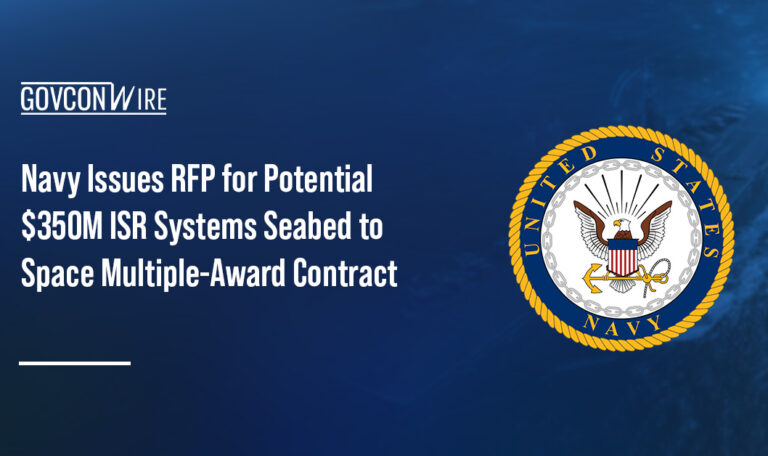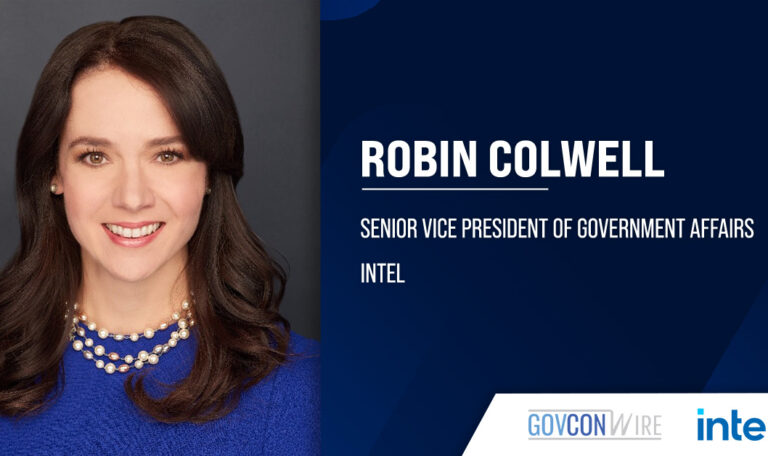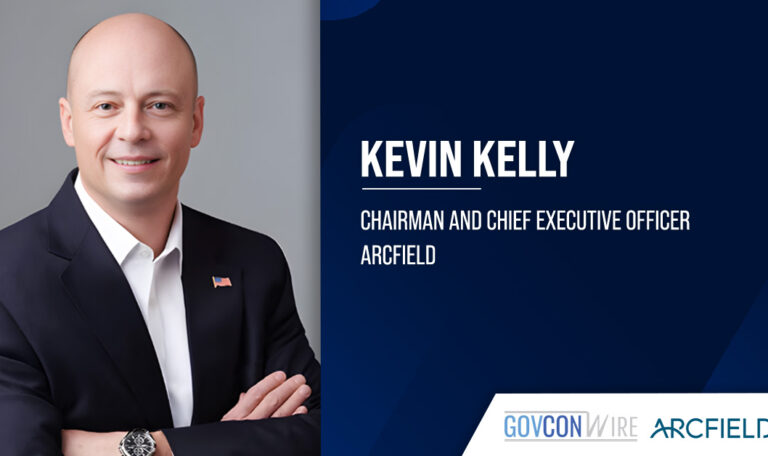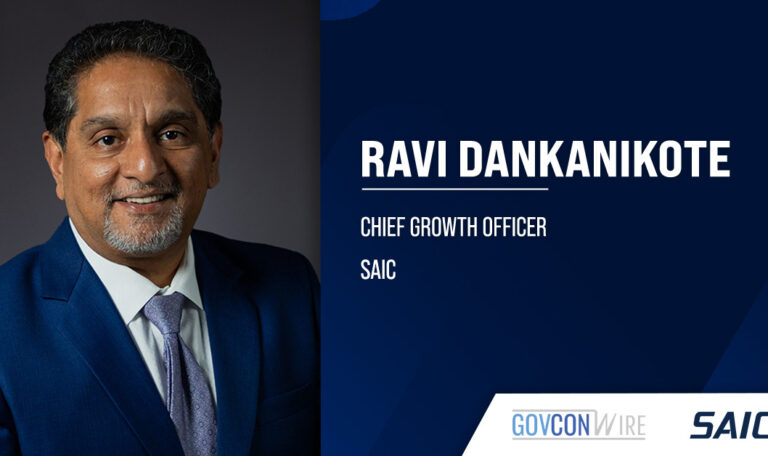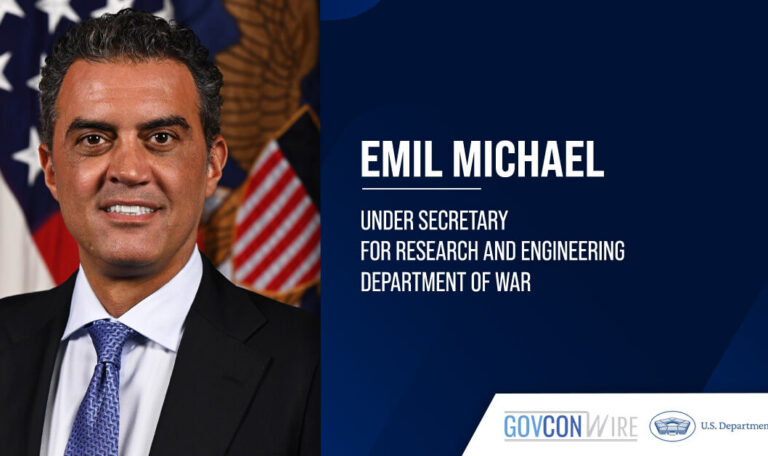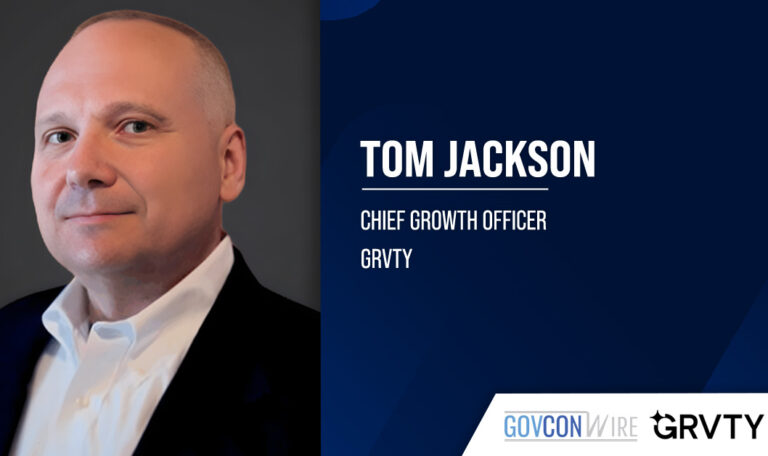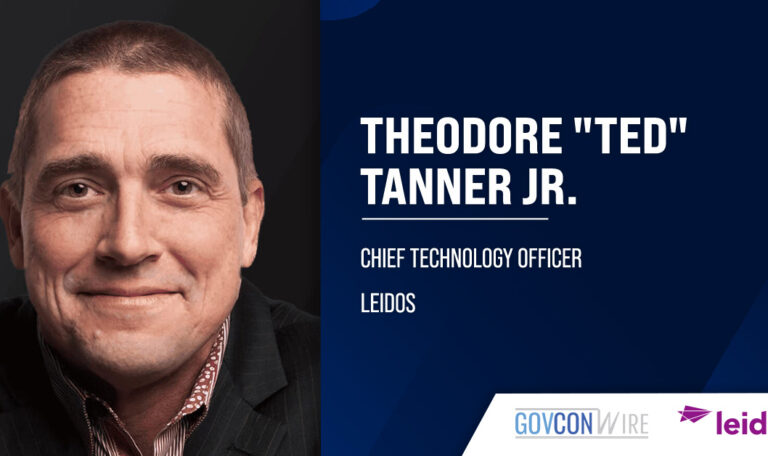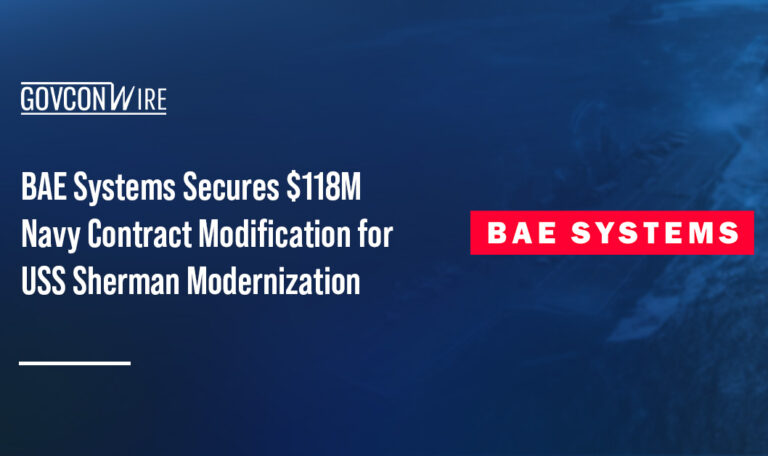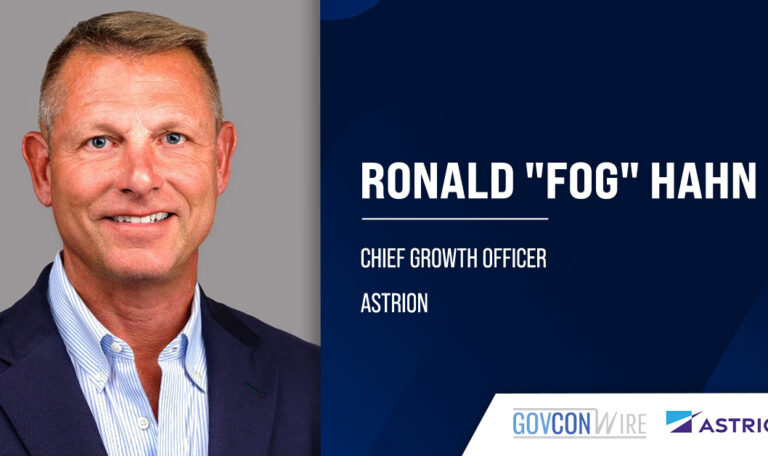In an effort to streamline the organization’s overlapping systems and harmonize challenges across centers and directorates, the Defense Intelligence Agency released its standardized framework for a coherent approach in achieving multilevel objectives in June.
Lt. Gen Scott Berrier, director of DIA, said the 2021 DIA Strategy concluded the 10 months-long threat analysis and examination of the agency’s capabilities to leverage and integrate modernized management systems.
Berrier distinguished four lines of effort to guide the agency’s programs in addressing strategic challenges for the next decade. The different LOEs include intelligence advantage, a culture of innovation, allies and partnership, and an adaptive workforce.
These elements, when combined, are intended to advance DIA initiatives and develop a strategy that follows the goals of the Department of Defense, Intelligence Community and national security, he said.
Among the objectives laid out in the publication are surpassing adversaries, maintaining global overwatch, enhancing enterprise management capabilities and strengthening the workforce to meet the requirements of DIA.
Berrier underscored the strategy is a process and not a mere publication, noting that the agency will conduct quarterly reviews on the progress.
“Our progress, or changes in the international security environment, may leave us with the realization that other issues require our immediate focused attention. In these instances, we will shift our attention,” he said.
Months after the strategy’s publication, the DIA director identified the agency’s two main priorities: the modernization of the Joint Worldwide Intelligence Communications System and continued enhancement of the Machine-assisted Analytic Rapid-repository System, AFCEA reported Sept. 1.
JWICS is a top-secret intranet for the intelligence community while MARS is a cloud computing platform that leverages artificial intelligence and machine learning to examine and analyze data.
Berrier said that DIA has prepared a five-year plan he illustrated as a “top-secret super information highway” to advance JWICS.
“What we want to do is make sure it’s the most secure it can be, that we modernize it with tech refresh and that as the Defense Department moves to its cloud instantiation, however that looks, that we’re at pace with that,” he said.
Jack Gumtow, former chief information officer at DIA, previously said that the first line of effort under the JWICS modernization is a technical refresh aimed at updating old equipment, Federal News Network reported in April.
The second approach will focus on improving security and the final one will center on the modernization piece.
Gumtow noted that the overarching architecture for the JWICS upgrade considers the combatant commands’ requirements to operate in complex and disconnected environments, adding that “we are talking about communications and the architecture of the capabilities.”
On October 12, GovCon Wire will host a virtual event that will seek to explore the DIA’s strategy for information technology transformation and modernization objectives.
Join the “DIA: IT Modernization Forum” at 9 a.m. EST to hear federal and industry executives tackle the agency’s priorities in boosting IT capabilities and how the commercial sector can contribute to the efforts. Register here.




